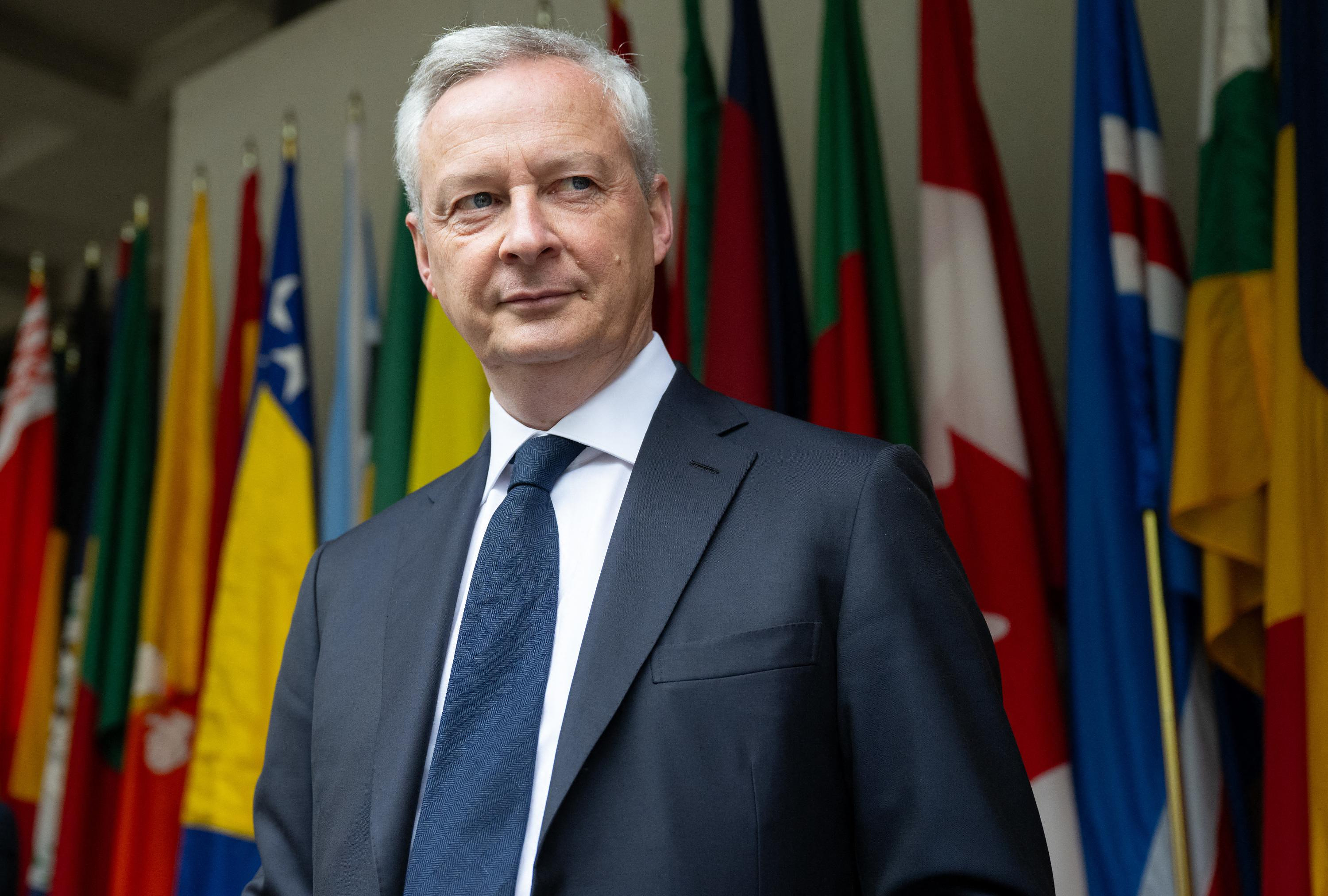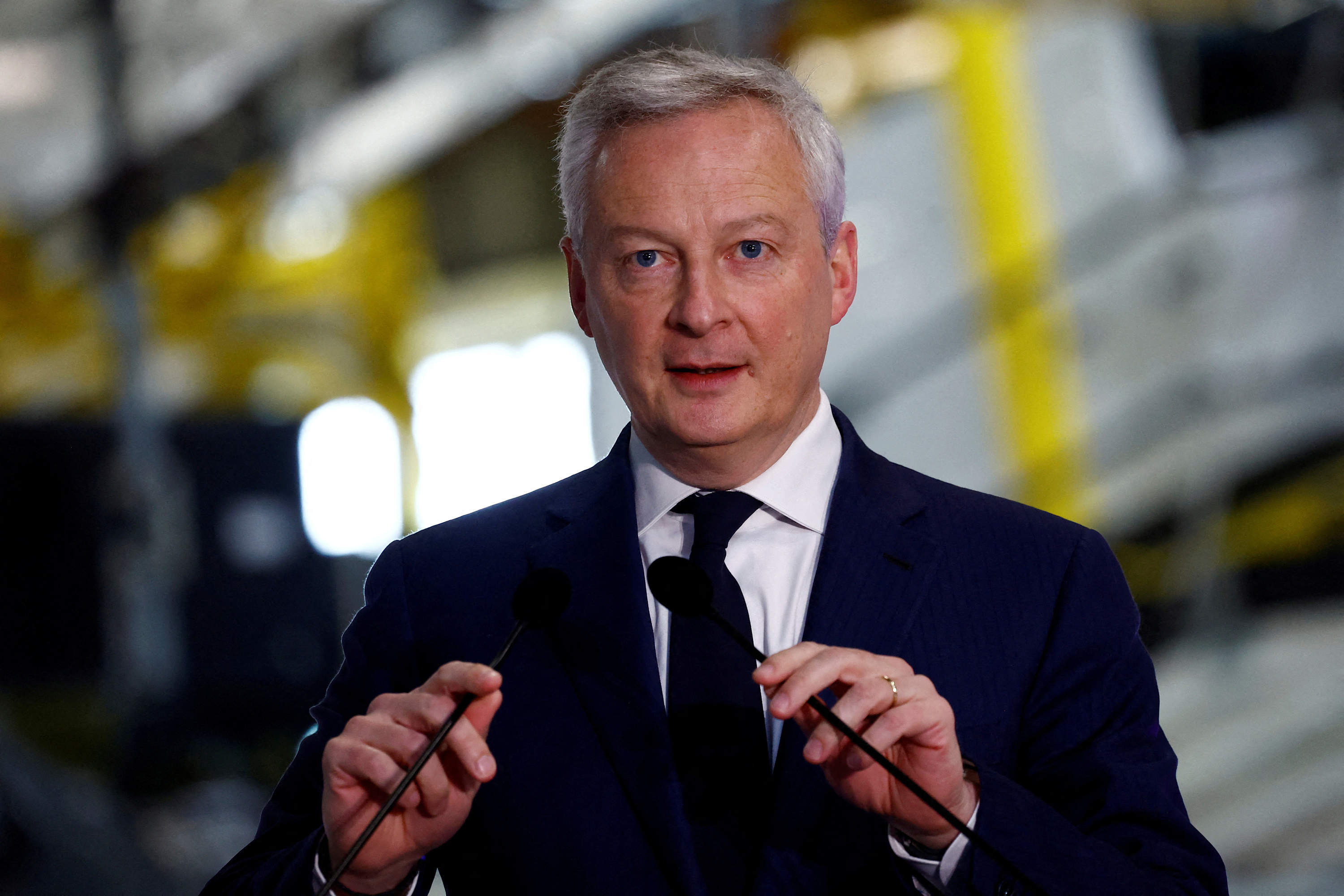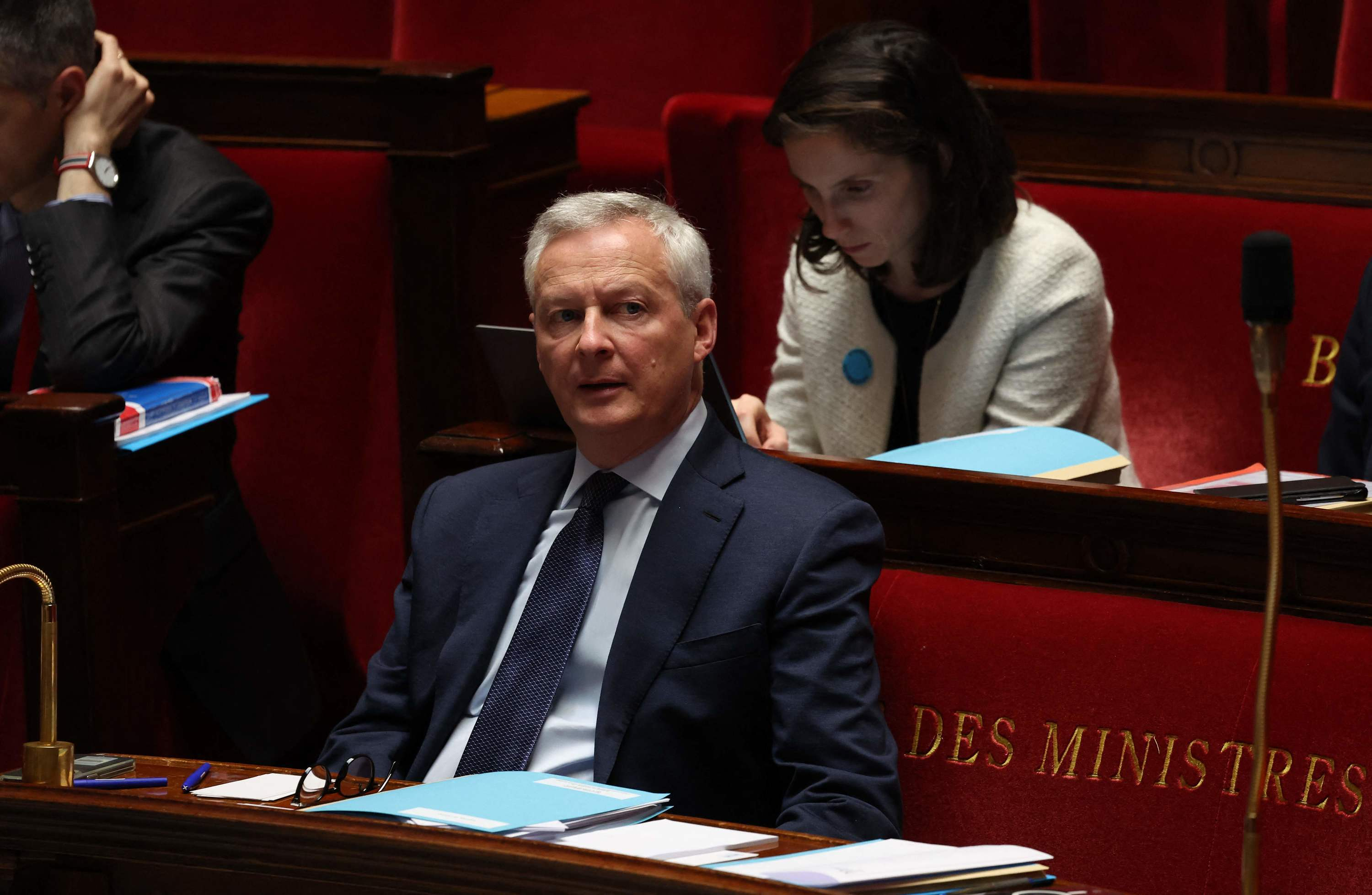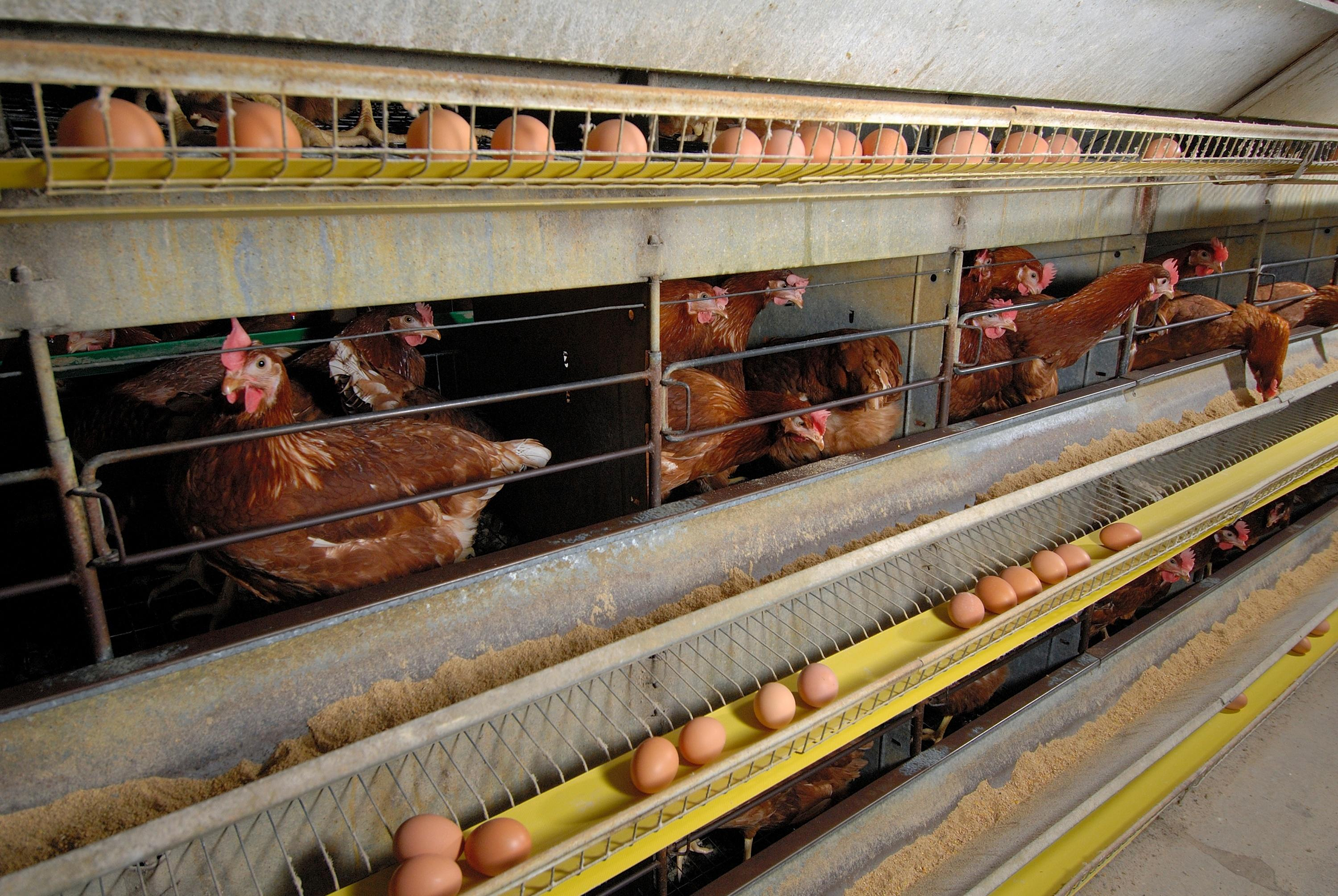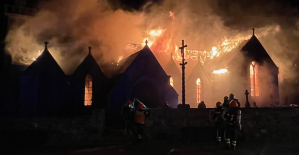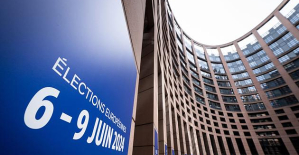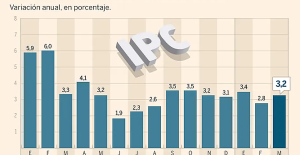Westminster Abbey, which will host the Coronation of Charles III on Saturday, has been at the heart of the British monarchy for nearly a millennium. In the 1040s, King Edward the Confessor built a stone church on the site of a Benedictine monastery founded around 960.
Construction of the imposing Gothic abbey we know today began under King Henry III in 1245. The abbey, located in central London, was built as a venue for the coronations and funerals of monarchs .
Charles III will be the 40th monarch to be crowned in the abbey, nearly a millennium after William the Conqueror in 1066. Like his mother Elizabeth II in 1953, he will ascend the 'coronation chair'. Made in 1300-1301, this throne once included the Stone of Destiny, used for centuries to crown the kings of Scotland.
In 1950, this block of sandstone was briefly stolen by Scottish students in a daring venture, and accidentally snapped in half. In full rise of the independence feeling of 1996, the stone is symbolically returned to Scotland. But it is agreed that she will return from Edinburgh Castle to Westminster for the coronations.
The building has also been the scene of royal weddings, most since the First World War. The first was that of the marriage of King Henry I to Princess Matilda of Scotland on November 11, 1100.
Charles' grandparents, Prince Albert - who would become King George VI - and Elizabeth Bowes-Lyon were married there in 1923. Charles' mother also married there when she was still only Princess Elizabeth. Sure enough, the future Queen married Philip Mountbatten in Westminster in 1947, bringing some color into the post-war era. Elizabeth II's sister, Princess Margaret, and her children Princess Anne and Prince Andrew were also married there.
The last royal wedding held there was that of Charles' eldest son William, who married Kate Middleton in 2011. Fourteen years earlier, in 1997, William attended the funeral of his dead mother Diana at the Abbey. in a car accident in Paris.
A total of thirty kings and queens are buried at the abbey. King George II was the last, in 1760. It was also there that the funeral of Queen Elizabeth II was celebrated on September 19, 2022, in front of 2,000 guests, before being buried at St. George's Chapel in Windsor. .
The funerals of 3,300 people were celebrated there, including those of illustrious figures in British history: Charles Dickens, Rudyard Kipling, Henry Purcell, as well as eight Prime Ministers. The ashes of astrophysicist Stephen Hawking were placed there in 2018 between the graves of Isaac Newton and Charles Darwin. Other personalities have their memorial there, and there is the tomb of the unknown soldier, whose body was repatriated from continental Europe after the First World War.
The abbey, which bears the full name of Collegiate Church of St Peter, Westminster, has "royal peculiar" status, meaning that it is exempt from any ecclesiastical jurisdiction other than that of the monarch, the head of the Church of England.
The abbey can usually accommodate around 2,200 people, although most will not be able to see the king's coronation due to the wall that separates the nave from the chancel. In 1953, about 8,250 people had rushed to the coronation of Elizabeth II, thanks to bleachers installed for the occasion.
Some 2,000 people are expected for Charles' coronation, far fewer than 70 years ago due to new security standards. Apart from periods of royal celebrations, the abbey regularly holds religious services open to the public.

 What is chloropicrin, the chemical agent that Washington accuses Moscow of using in Ukraine?
What is chloropicrin, the chemical agent that Washington accuses Moscow of using in Ukraine? Poland, big winner of European enlargement
Poland, big winner of European enlargement In Israel, step-by-step negotiations for a ceasefire in the Gaza Strip
In Israel, step-by-step negotiations for a ceasefire in the Gaza Strip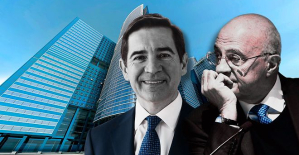 BBVA ADRs fall almost 2% on Wall Street
BBVA ADRs fall almost 2% on Wall Street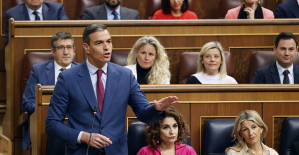 Sánchez cancels his agenda and considers resigning: "I need to stop and reflect"
Sánchez cancels his agenda and considers resigning: "I need to stop and reflect"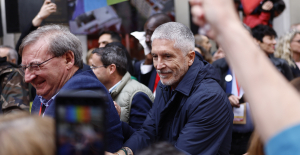 The Federal Committee of the PSOE interrupts the event to take to the streets with the militants
The Federal Committee of the PSOE interrupts the event to take to the streets with the militants Repsol: "We want to lead generative AI to guarantee its benefits and avoid risks"
Repsol: "We want to lead generative AI to guarantee its benefits and avoid risks" Osteoarthritis: an innovation to improve its management
Osteoarthritis: an innovation to improve its management The yen jumps 3% then falls again, amid speculation of Japanese intervention
The yen jumps 3% then falls again, amid speculation of Japanese intervention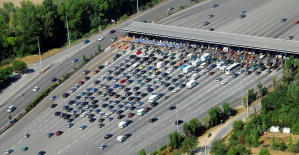 A very busy Friday on the roads of Île-de-France before the Ascension Bridge
A very busy Friday on the roads of Île-de-France before the Ascension Bridge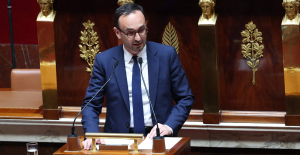 Fraud: the government is preparing new measures for the fall
Fraud: the government is preparing new measures for the fall Nike breaks the bank to keep the Blues jersey
Nike breaks the bank to keep the Blues jersey Madonna ends her world tour with a giant - and free - concert in Copacabana
Madonna ends her world tour with a giant - and free - concert in Copacabana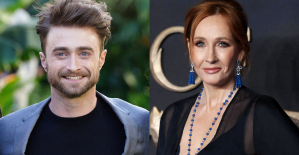 Harry Potter: Daniel Radcliffe “really saddened” by his final breakup with J.K. Rowling
Harry Potter: Daniel Radcliffe “really saddened” by his final breakup with J.K. Rowling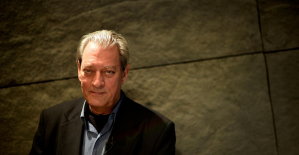 Leviathan, New York Trilogy... Five books by Paul Auster that you must have read
Leviathan, New York Trilogy... Five books by Paul Auster that you must have read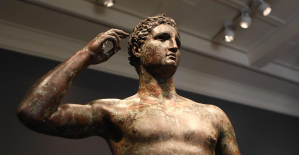 Italy wins a decisive round against an American museum for the restitution of an ancient bronze
Italy wins a decisive round against an American museum for the restitution of an ancient bronze Omoda 7, another Chinese car that could be manufactured in Spain
Omoda 7, another Chinese car that could be manufactured in Spain BYD chooses CA Auto Bank as financial partner in Spain
BYD chooses CA Auto Bank as financial partner in Spain Tesla and Baidu sign key agreement to boost development of autonomous driving
Tesla and Baidu sign key agreement to boost development of autonomous driving Skoda Kodiaq 2024: a 'beast' plug-in hybrid SUV
Skoda Kodiaq 2024: a 'beast' plug-in hybrid SUV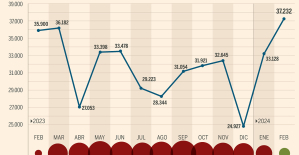 The home mortgage firm rises 3.8% in February and the average interest moderates to 3.33%
The home mortgage firm rises 3.8% in February and the average interest moderates to 3.33%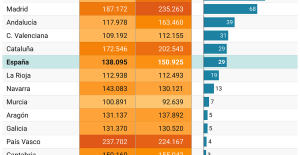 This is how housing prices have changed in Spain in the last decade
This is how housing prices have changed in Spain in the last decade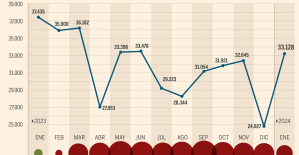 The home mortgage firm drops 10% in January and interest soars to 3.46%
The home mortgage firm drops 10% in January and interest soars to 3.46% The jewel of the Rocío de Nagüeles urbanization: a dream villa in Marbella
The jewel of the Rocío de Nagüeles urbanization: a dream villa in Marbella Europeans: a senior official on the National Rally list
Europeans: a senior official on the National Rally list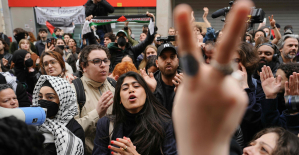 Blockade of Sciences Po: the right denounces a “drift”, the government charges the rebels
Blockade of Sciences Po: the right denounces a “drift”, the government charges the rebels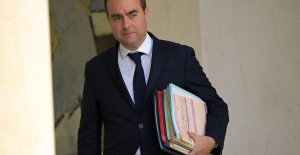 Even on a mission for NATO, the Charles-de-Gaulle remains under French control, Lecornu responds to Mélenchon
Even on a mission for NATO, the Charles-de-Gaulle remains under French control, Lecornu responds to Mélenchon “Deadly Europe”, “economic decline”, immigration… What to remember from Emmanuel Macron’s speech at the Sorbonne
“Deadly Europe”, “economic decline”, immigration… What to remember from Emmanuel Macron’s speech at the Sorbonne These French cities that will boycott the World Cup in Qatar
These French cities that will boycott the World Cup in Qatar Mercato: Verratti at Barça? A track studied
Mercato: Verratti at Barça? A track studied Rugby: after the defeat during the Six Nations, the Blues will meet the English in September for a test match
Rugby: after the defeat during the Six Nations, the Blues will meet the English in September for a test match Premier League: Liverpool unveils its new jersey for next season
Premier League: Liverpool unveils its new jersey for next season Formula 1: Alpine holds its new executive technical director
Formula 1: Alpine holds its new executive technical director




